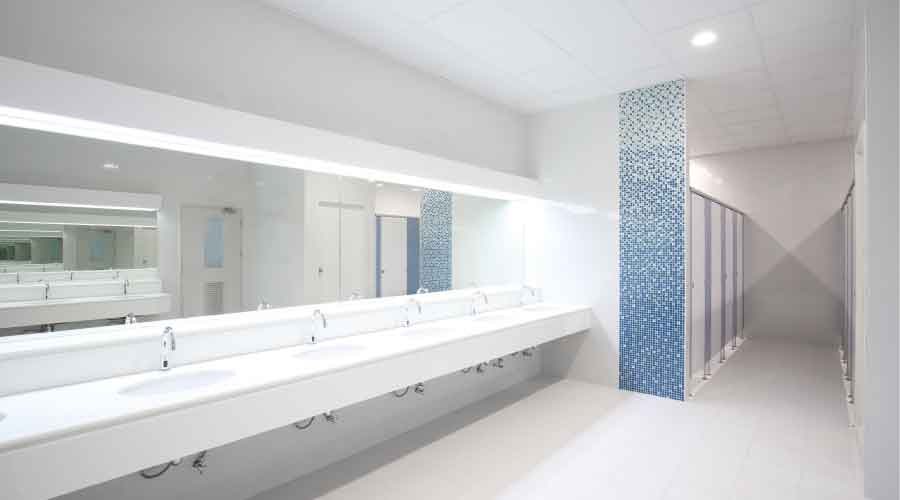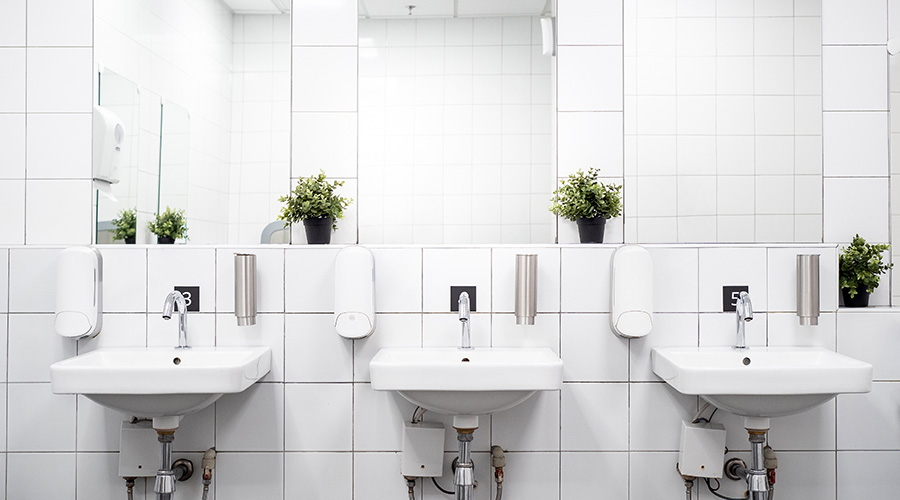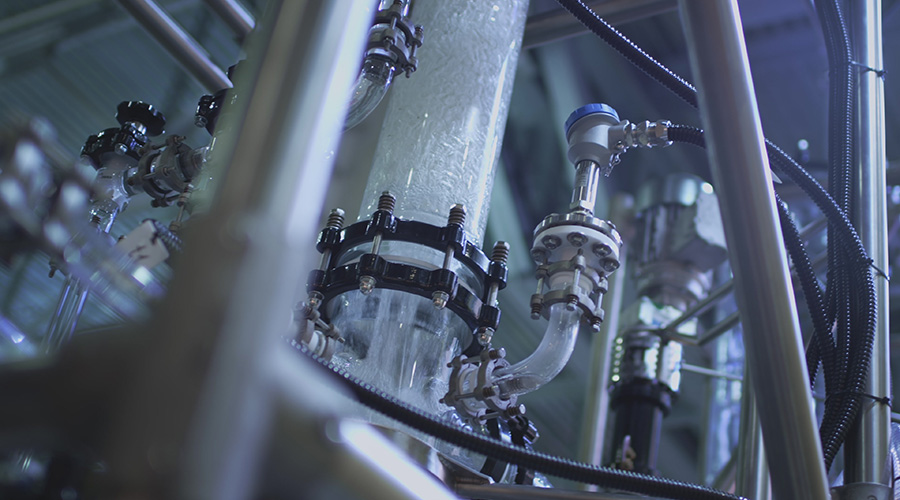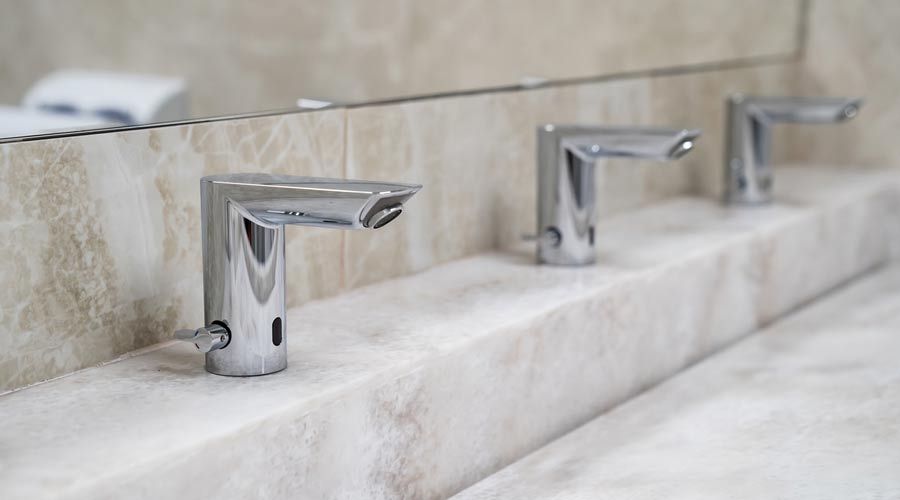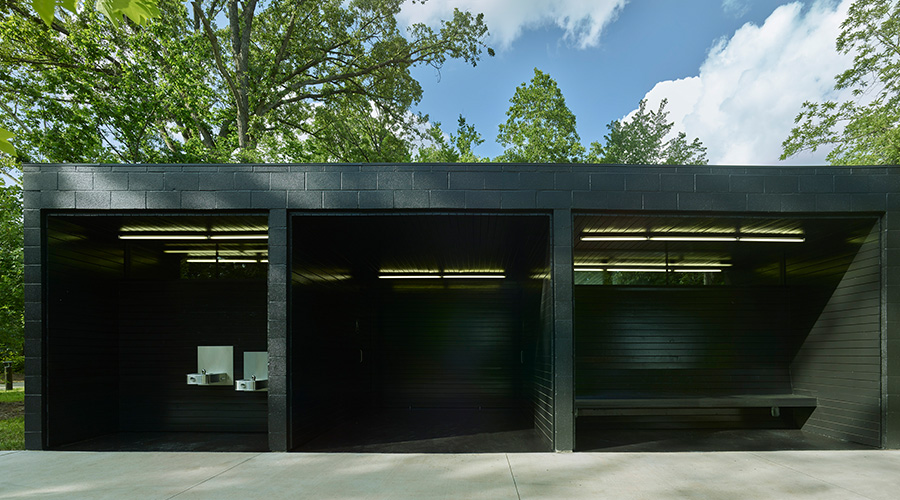Touchless Options to Increase in Restrooms
The changing needs of institutional and commercial facilities will continue to drive innovation.
This is part two of a two-part article. To read this first part, please click here.
Richard Nortier, director of marketing for The Chicago Faucet Company, says he and his colleagues see an increase in touchless options for hand dryers and soap dispensers.
“Hand dryers continue to be a bit divisive,” he says. “People tend to prefer paper towels over the noise and the thought that they are circulating germs, especially on the deck-mounted hand-dryer options.”
Howard says there are paper towel dispensers that offer dual-roll technology and use the smaller roll first to help eliminate waste and paper jams. Closed-system soap dispensers that include a hygienically sealed nozzle and reservoir as part of a 100 percent recyclable refill are also available.
“These closed systems eliminate having to disassemble and reassemble the dispenser during refill and keep the soap away from possible contamination in the air,” Howard says.
Newer restroom dispensers are also designed to make it easier for custodians to open and access and feature quick-check indicators like warning lights and windows so custodians can see if the product needs to be replaced.
“All of these design features help custodians spend less time refilling dispensers so they can spend more time on higher-level cleaning tasks,” Howard says.
In Zurn’s in-house research, respondents ranked “touching fixtures” as their top concern in public restrooms, with 74 percent claiming they would make more trips to businesses that have touch-free fixtures.
“Restrooms are visible evidence of the overall standards in a building, and with the continuing heightened awareness around hygiene in buildings, restroom upgrade projects are moving up in priority,” Schaffart says.
The move to standards that aim to improve hygiene might be a tipping point for managers, who were already considering improvements in their aging buildings, especially in commercial offices.
“Based on the needs of today, touch-free products meet hygiene standards with hassle-free and sustainable restroom upgrades,” Schaffart says.
Sensored handwashing products and automatic hand dryers typically have higher upfront and installation costs considering the potential of adding new electrical hook-ups, but managers should look at the long-term benefits of a new restroom system when considering costs.
“However, ongoing maintenance and related costs are considerably less expensive than manually operated models because touchless fixtures are easier to keep clean, maintain and service than manually activated fixtures,” Haas says.
Hand dryers can offer an appealing payback when the upfront investment and minimal energy costs are considered, compared to the ongoing costs of paper towels and maintenance. Payback will vary based on the hand dryer style and use rate. For high-traffic restrooms with moderately priced dryers, the return on investment can take one year and, in some cases, less. For more expensive models, the payback could take four years or more.
“At the end of the day, facility managers should know that the best drying option really depends on the particular needs and goals of the facility,” Haas says.
Innovation continues
The changing needs of institutional and commercial facilities will continue to drive innovation.
Howard says one innovation in restroom technology is the development of systems that automate the monitoring and management of restroom devices to improve hygiene, user satisfaction and custodian efficiency.
“This type of technology allows for data-driven cleaning, which helps keep restrooms fully stocked with towel, tissue, soap and sanitizer so the user always has what they need when they need it,” Howard says.
Managers should look for products that integrate mixing and power options into the faucet or control enclosure when there is a box below deck because it can reduce the number of items needing to be purchased and installed, Nortier says. Managers also should include options to adjust the settings.
In challenging situations, managers should ask, “Is it possible to adjust the sensor settings to adapt? Are water run times adjustable or settable? Are there pre-set modes to choose from, such as water saving, pipe or hygiene flush modes?” Nortier says.
Before selecting any restroom dispenser or IoT-enabled technology, it is important for managers to identify goals and priorities.
“This will help guide their search for solutions that can best meet their needs,” Howard says. “It’s also important to find a manufacturer to partner with – one who can not only identify products to consider but, once a purchase is made, provides ongoing product support so that managers and custodians have the best product experience possible with easy access to warranty parts or training videos.”
Nortier says that there will be continued acceptance of touchless into facilities that have until now been reluctant to switch.
“There will be more companies offering connected solutions, but I’m not sure if the adoption will be there as that is another level of cost and complexity to implement,” he says.
Howard Riell is a freelance writer based in Henderson, Nevada.
Related Topics:








